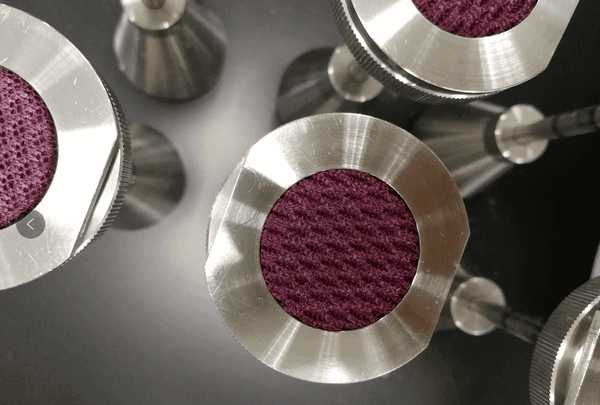- Qinsun Instruments Co., Ltd.
- Tell:+86-21-6780 0179
- Phone:+86-17740808215
- Address:No. 2578 Minhang District Gu Dai Road, Shanghai
- Contact:Mr. Li
- QQ:846490659
Selection and purchase of surge protectors

When purchasing surge protectors, attention should be paid to their main parameters:
1. Nominal voltage Un: The rated voltage of the protected system matches, and in information technology systems, this parameter indicates the type of protector that should be selected, indicating the effective value of AC or DC voltage.
2. Rated voltage Uc: The effective value of the voltage that can be applied to the specified end of the protector for a long time without causing changes in the characteristics of the protector or activating the protective element.
3. Rated discharge current Isn: Apply a waveform of 8/20 to the protector μ The peak impulse current that the protector can withstand when subjected to 10 standard lightning wave impacts.
4. Discharge current Imax: Apply a waveform of 8/20 to the protector μ The peak value of the surge current that the protector can withstand when the standard lightning wave shock of s occurs once.
5. Voltage protection level Up: The value of the protector in the following tests: 1KV/ μ Jumping voltage of s slope; Residual voltage of rated discharge current.
6. Response time tA: mainly reflects the sensitivity and breakdown time of the special protection components in the protector, which vary over a certain period of time depending on the slope of du/dt or di/dt.
7. Data transmission rate Vs: represents how many bit values are transmitted in one second, in bps; It is a reference value for correctly selecting lightning protectors in data transmission systems, and the data transmission rate of lightning protectors depends on the transmission method of the system.
8. Insertion loss Ae: The voltage ratio of the protector before and after insertion at a given frequency.
9. Return loss Ar: represents the proportion of reflected front waves at the protection device (reflection point), and is a parameter that directly measures whether the protection device is compatible with the system impedance.
10. Longitudinal discharge current: refers to the waveform of 8/20 applied to ground on each line μ The peak value of the surge current that the protector can withstand when the standard lightning wave shock of s occurs once.
11. Lateral discharge current: Apply a waveform of 8/20 between wires μ The peak value of the surge current that the protector can withstand when the standard lightning wave shock of s occurs once.
12. Online impedance: refers to the sum of the loop impedance and inductance flowing through the protector at the nominal voltage Un. Usually referred to as "system impedance".
13. Peak discharge current: divided into two types: rated discharge current Isn and discharge current Imax.
14. Leakage current: refers to the direct current flowing through the protector at a nominal voltage of 75 or 80 Un.
15. Protection category.





